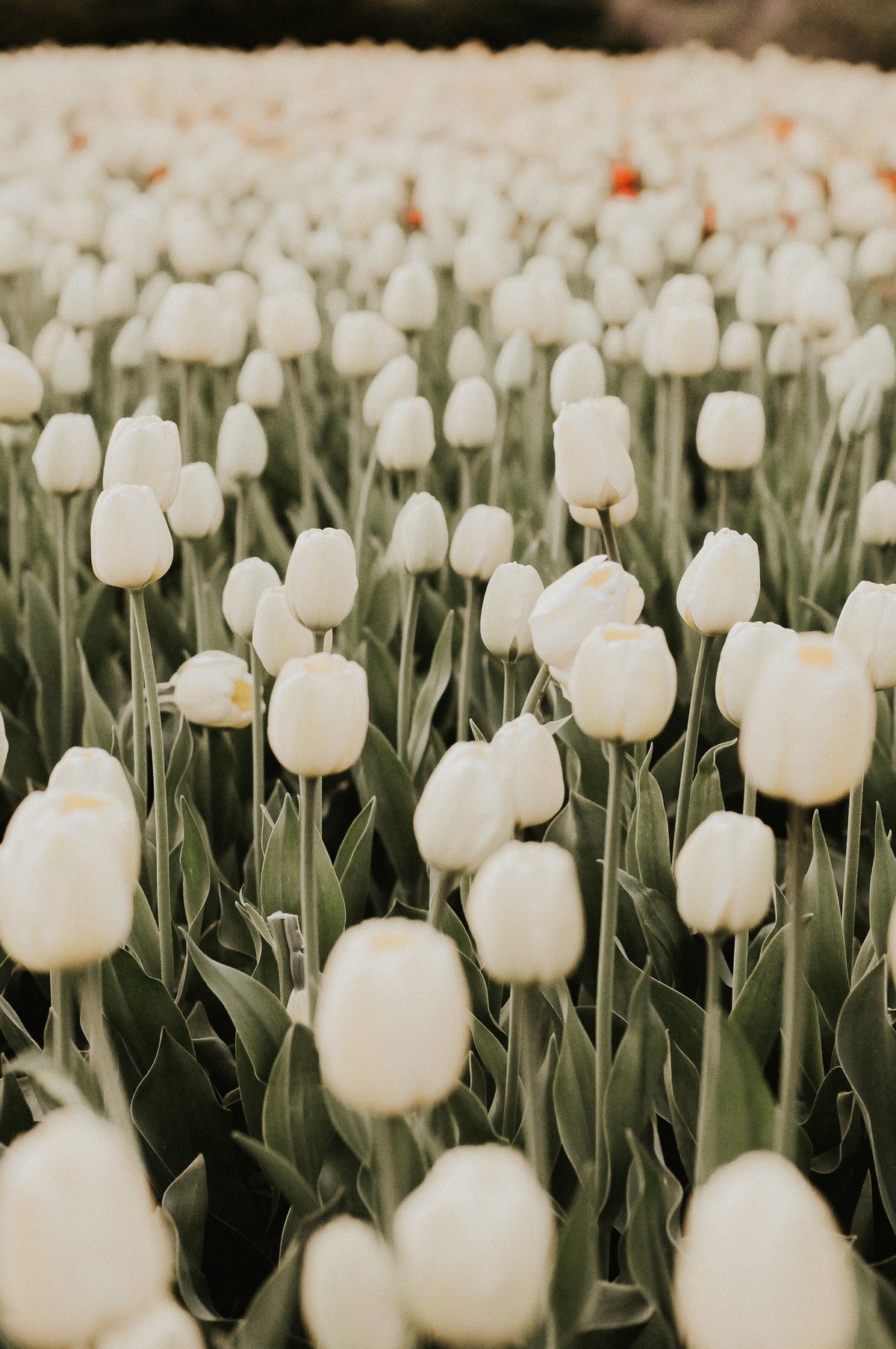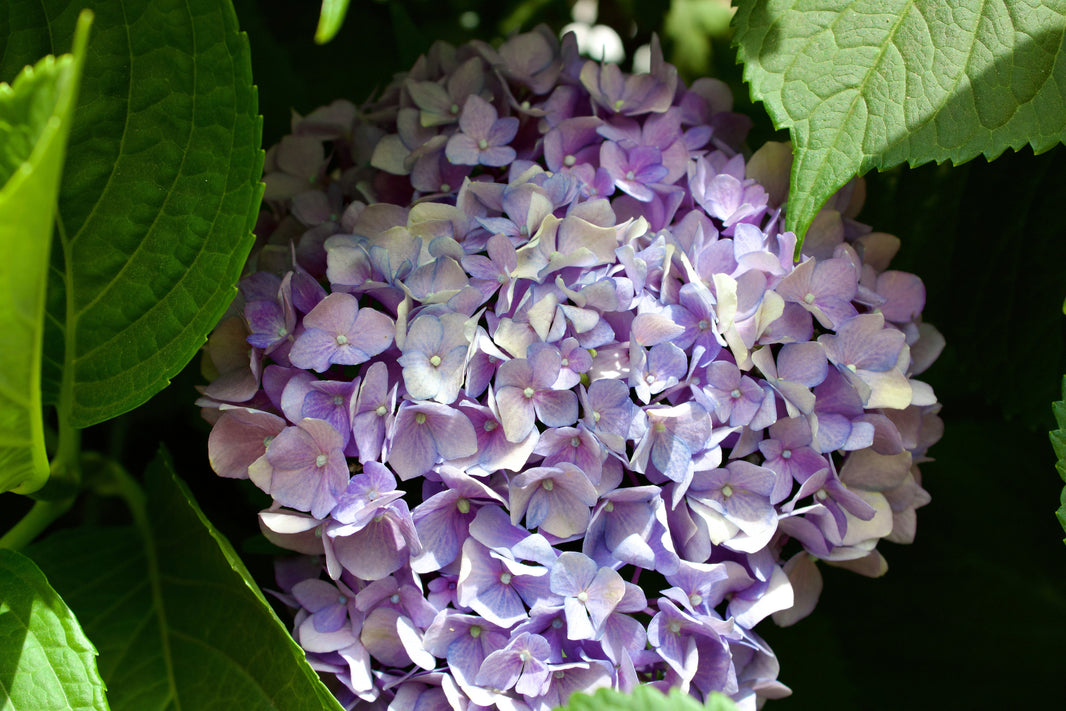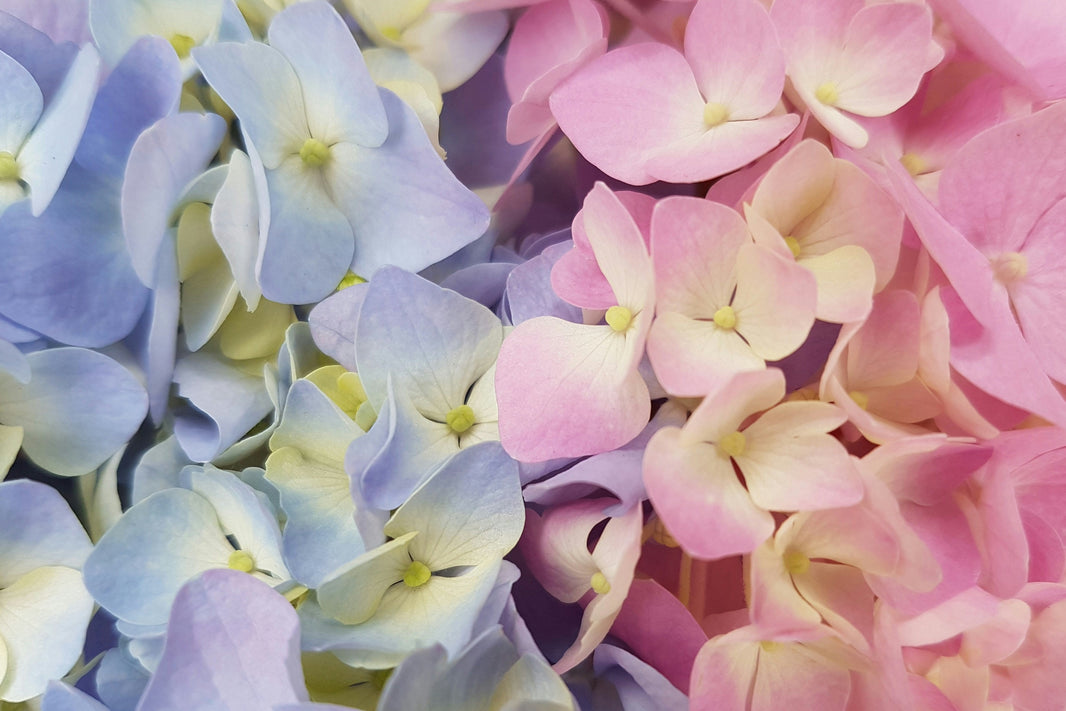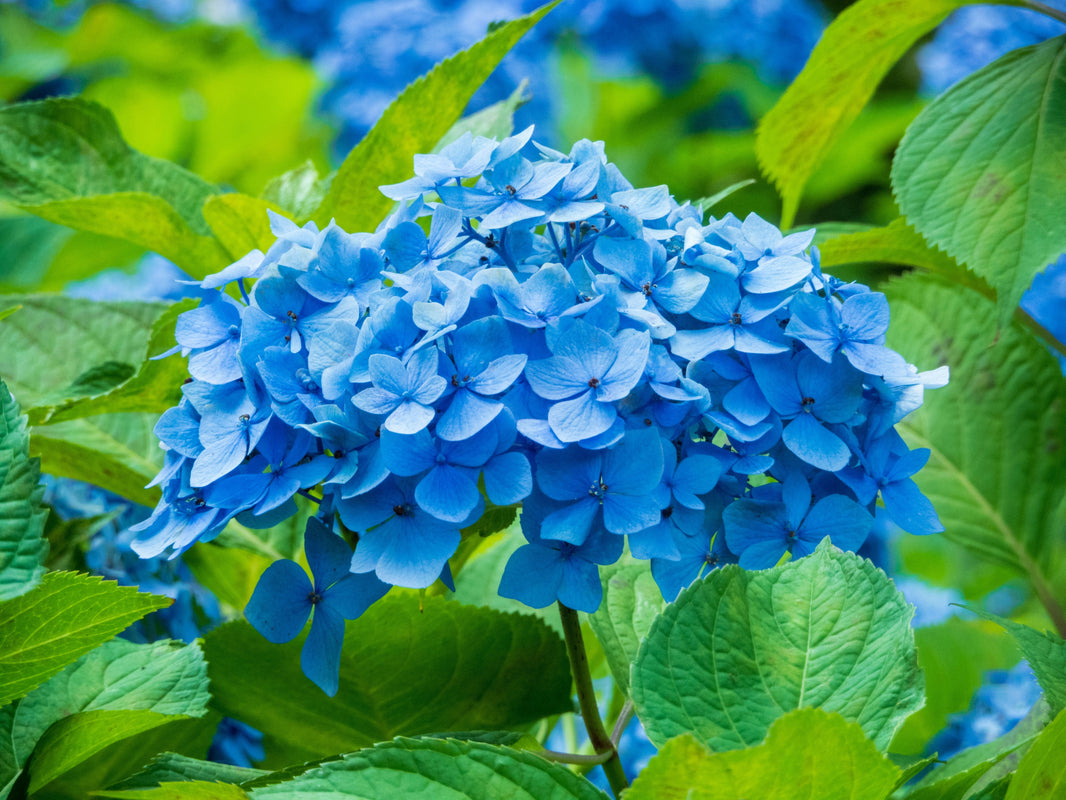Planning wedding flowers is one of the most exciting and creative aspects of wedding preparation, but it can also come with a lot of uncertainty. Among the questions couples often ask is, “How many hydrangeas should we buy?” These beautiful, voluminous blooms are a staple in many weddings thanks to their size, romantic texture, and wide range of colors. However, knowing how many to order can be tricky without expert guidance.
Hydrangeas are particularly favored because of their fullness. A single stem can offer the volume of three or four standard flowers, which makes them incredibly efficient for large-scale floral planning. Understanding how to calculate the right amount will not only save time and money but will also ensure your wedding floral arrangements look cohesive and abundant.
The number of hydrangeas you’ll need largely depends on your wedding’s size and design style. Intimate weddings require fewer stems, while grand ballroom events may need hundreds. Factoring in guest count, number of tables, ceremony design, and bridal party needs is crucial for an accurate estimate.
It’s also important to think about where you’re using hydrangeas. Are they just in centerpieces, or will they also be part of the altar backdrop, aisle décor, and bouquet designs? Each element has a different floral requirement, and hydrangeas can serve as both focal points and filler flowers depending on how they’re used.
Another thing to consider is your floral style. Minimalist arrangements with clean lines and negative space need fewer hydrangeas than lush, garden-style installations. Being clear about your aesthetic direction early on will help you plan the right quantity of blooms.
Budget plays a major role in this equation. Fortunately, hydrangeas offer great value for their size. You can often achieve high-impact floral designs with fewer stems, making them an excellent choice for both luxurious and cost-conscious weddings.
In this blog post, we’ll guide you through how to estimate the number of hydrangeas needed for every part of your wedding—from bridal bouquets and centerpieces to ceremony installations and more. You’ll walk away with practical tips, flexible quantity ranges, and a better understanding of how to source your blooms from trusted suppliers like WholesaleFlowers.net.
Estimating by Guest Count and Wedding Size
The overall size of your wedding has a direct impact on how many hydrangeas you’ll need. A smaller event with 50 guests will naturally require fewer arrangements—and thus fewer hydrangeas—than a 200-guest celebration. Still, it’s not just about headcount, but how many floral touchpoints you include.
For a small wedding (up to 50 guests), you might only need hydrangeas for personal flowers, a few centerpieces, and light ceremony décor. A reasonable estimate is 25–50 stems, depending on how lush you want the arrangements to be.
A medium-sized wedding (50–150 guests) typically includes 8–15 reception tables, a ceremony setup, and multiple bridal party members. In this case, you’re looking at 75–125 hydrangea stems to cover everything comfortably and attractively.
Larger weddings with 150+ guests usually involve expansive reception spaces, more elaborate installations, and multiple floral vignettes. These events often require 150–300 hydrangeas, especially if the flower is a central feature in the design.
Keep in mind that hydrangeas fill a lot of space. Their large bloom heads mean that fewer stems are needed to achieve volume, especially when combined with other flowers or greenery. This makes them a smart choice for creating visual impact in both large and small venues.
Guest count affects not just the number of tables, but often the size of the venue itself. Larger spaces call for grander arrangements to maintain proportionality. Using hydrangeas strategically helps you scale décor up or down depending on your needs.
Also, consider the style of the wedding when estimating. A grand ballroom event will require more florals to match the setting’s opulence, while a backyard wedding may feel perfect with simpler arrangements that use fewer blooms.
A good rule of thumb is to start with a base number based on your guest count and adjust depending on the desired fullness and the elements you’re decorating. From there, you can tweak based on priorities and budget.
Hydrangeas Needed for Bridal and Bridesmaid Bouquets
Bridal bouquets are one of the most photographed floral pieces at a wedding. Hydrangeas are often used as the focal flower or as a lush base to support smaller blooms. Due to their size, even two or three stems can make a big impression.
For a classic, all-hydrangea bridal bouquet, plan for 3–5 stems. This gives you a full, round bouquet without the need for additional filler. If you’re mixing with other flowers, 2–3 hydrangeas should suffice to create volume while allowing room for variation.
For cascading or garden-style bridal bouquets, you may need more. These larger designs could incorporate 5–7 hydrangea stems alongside trailing greenery and complementary flowers like roses or peonies.
Each bridesmaid bouquet typically requires fewer stems. If you’re creating a mini version of the bride’s bouquet, 2–3 hydrangeas per bouquet is standard. This keeps the design proportional and affordable.
If the bouquet design is minimalist or includes mixed flowers, you might only use 1 hydrangea per bridesmaid, paired with smaller blooms like spray roses or lisianthus. This gives a cohesive look without overwhelming the bridesmaid’s silhouette.
Don’t forget to order extra stems for trial arrangements, breakage, or last-minute additions. Floral stems are natural materials, and having a few backups ensures your bridal party pieces look perfect on the big day.
Hydrangeas also work beautifully in toss bouquets, which can be created with just one or two stems and a little ribbon. This allows the bride to preserve her main bouquet while still participating in traditional bouquet toss moments.
Designing Centerpieces with Hydrangeas
Centerpieces are a focal point at the reception, and hydrangeas make a bold statement while also being cost-effective. Their large, fluffy heads allow you to fill vases quickly, minimizing the number of stems needed per table.
For small, low centerpieces, 2–3 hydrangea stems can create a full and elegant arrangement, especially when paired with greenery or smaller accent flowers like roses, carnations, or baby’s breath. This is ideal for round tables seating 6–8 guests.
For medium-sized centerpieces, often seen on banquet tables or larger rounds, plan for 3–5 stems. These allow for a denser, fuller look, especially when styled in compote bowls or footed vases that elevate the blooms slightly for more impact.
Tall centerpieces that sit on candelabras or pedestal vases often require 6–8 hydrangeas each. The volume helps create a balanced arrangement at height, and the flowers’ visual weight makes them a perfect fit for this style.
If you’re incorporating hydrangeas with other flowers, reduce the stem count slightly. A mixed floral centerpiece might use 2 hydrangeas supported by blooms like peonies, garden roses, or tulips to add texture and color variation.
For reception tables with multiple smaller vases or bud vases in a cluster, consider placing one hydrangea stem in each. This is a modern approach to floral design that gives guests unobstructed views while still adding beauty and consistency.
To calculate the total number of hydrangeas needed for centerpieces, multiply the number of tables by the estimated stems per arrangement. Add 10% extra for breakage, substitutions, or last-minute table additions.
Even a minimalist design style can benefit from the presence of a single hydrangea stem floating in a clear vase. It’s budget-friendly and visually striking when paired with candlelight or mirrored table runners.
Hydrangeas also blend well with greenery runners. Tuck in a few blooms at intervals along the garland to create a soft, romantic touch that feels natural and intentional.
When it comes to centerpieces, hydrangeas are one of the most flexible flowers you can choose. Their size allows you to scale up or down easily, making them a top choice for floral planning across various wedding themes and budgets.
Decorating the Ceremony Space
Hydrangeas are a dramatic and effective way to decorate ceremony spaces, from the altar and aisles to welcome signs and floral installations. Because they’re so voluminous, they allow you to fill out large areas with fewer stems than other flowers might require.
Ceremony arches are among the most popular uses for hydrangeas. For a standard 6–8 foot arch, plan on using 15–30 stems depending on how full and floral-heavy you want the installation to appear. Denser arches or floral chandeliers will need more.
For aisle markers, consider using 1–2 hydrangea stems per chair or pew end, paired with ribbon or greenery. This approach is both elegant and economical, providing beauty and cohesion without requiring massive quantities.
Lining the full aisle with ground arrangements or floral hedges? You’ll need more hydrangeas—possibly 4–8 stems per section, depending on how long the aisle is and how full you want the borders to be.
Hydrangeas are also excellent for altar arrangements. Large pedestal urns or planters framing the ceremony area often use 8–12 hydrangea stems each, depending on the container size and whether you’re mixing them with other florals.
For welcome signs or entryway décor, hydrangeas provide immediate visual interest. Just 3–5 stems can turn a simple sign into a photo-worthy vignette. Add greenery or coordinating flowers to blend it into the overall aesthetic.
Hydrangeas also work well in floral wreaths for ceremony doors or gates. Depending on the wreath size, plan on using 5–10 stems per piece. Their large heads and soft texture create lush, inviting displays that welcome guests in style.
If you’re creating hanging installations or ceiling décor, hydrangeas are a favorite because they’re lightweight yet impactful. They can be wired or inserted into floral foam to fill hanging floral balls, chandeliers, or canopy arrangements.
Ceremony décor often sets the tone for the entire wedding, and hydrangeas offer flexibility and drama without the complexity. Whether your ceremony is indoors or outdoors, simple or grand, they provide a beautiful foundation for meaningful moments.
When estimating stems for the ceremony, always factor in symmetry. If you’re decorating both sides of the aisle, arch, or altar, you’ll need even quantities to maintain balance and visual harmony in your design.
Styling the Cake Table and Sweetheart Table
While these areas may be smaller than the ceremony or reception tables, the cake and sweetheart tables are two of the most photographed spots at a wedding. Hydrangeas are a fantastic choice for enhancing their beauty with softness and sophistication.
For a traditional sweetheart table, plan on 3–5 hydrangea stems for a lush floral garland or low centerpiece. When mixed with candles, greenery, or smaller blooms, they create an inviting and romantic setting for the couple.
If you’re decorating the front of the table with cascading florals, you may need 6–10 hydrangeas, depending on the length of the garland and the fullness desired. Their size helps cover more space, reducing the need for excessive filler.
Cake tables benefit from clean, elegant floral touches. A cluster of 2–3 hydrangea stems beside the cake, on the table, or near the base can enhance the visual impact without overwhelming the design of the cake itself.
Floral rings or half-moons surrounding the cake are another popular option. For a full circle of hydrangeas, estimate about 6–8 stems, depending on spacing and whether you’re including other flowers or décor elements.
For tiered floral arrangements cascading down the cake, smaller floral inserts may be better than full heads. However, hydrangea petals or mini stems can still be used for volume without dominating the design.
Hydrangeas also look beautiful when paired with signage on the cake table. A “Love is Sweet” sign framed with 2–4 hydrangea stems and greenery can add charm and visual interest to dessert displays.
Some couples also include cupcakes, macarons, or dessert platters alongside the wedding cake. Hydrangeas can be placed around these treats, using 1–2 stems per tray to maintain consistency in the floral theme.
Since the sweetheart and cake tables are often placed near the head table or center of the room, matching their floral elements to the overall décor helps tie everything together. Hydrangeas ensure this area stands out in photos and in person.
Always keep these blooms hydrated and cool until the final setup. These close-up displays will be seen by all and featured heavily in your wedding album, so keeping them fresh is essential for a polished look.
When done right, these small-but-mighty tables become some of the most memorable décor elements—and hydrangeas ensure they’re just as beautiful as the rest of your wedding space.
Using Hydrangeas in Corsages, Boutonnieres, and Extras
Hydrangeas aren’t just for large-scale installations or centerpieces—they’re also ideal for small personal floral pieces like corsages, boutonnieres, flower crowns, and aisle accents. Their delicate petals and soft texture make them visually stunning in close-up details.
For boutonnieres, a single hydrangea floret or a very small cluster is often sufficient. Full heads are too large for lapels, but individual florets offer the right balance of color and elegance. Plan on 1 hydrangea stem providing enough florets for 2–4 boutonnieres.
Corsages, whether worn on the wrist or pinned, typically require 1–2 hydrangea stems. Depending on the size and style, you might combine the hydrangea with baby’s breath, spray roses, or small greenery for dimension.
Hydrangeas are also a beautiful choice for flower crowns or hairpieces. Plan on using 2–3 stems for a full adult-size flower crown, and 1–2 stems for child-sized or minimalist headpieces. The lightweight nature of hydrangea petals makes them comfortable to wear.
Petals from hydrangeas can be used as aisle scatter or table confetti. One stem yields a handful of petals, so estimate 1–2 stems per aisle section or per table, depending on how thickly you’d like them scattered.
Hydrangea florets can also accent ring bearer pillows, signage, or place settings. A single floret on each plate or menu card adds a delicate floral touch without overwhelming the place setting. Estimate 1 stem for every 4–6 table accents.
Welcome signs, guest books, and gift tables also benefit from small touches of hydrangeas. A few stems placed around signage or nestled in decorative containers create cohesion throughout your venue’s design.
Using leftover or extra stems for “surprise” décor spots—like restroom vanities, drink stations, or bar areas—is a great way to stretch your flower order and ensure your wedding feels thoughtfully decorated in every corner.
For transportation and handling of these smaller elements, make sure to hydrate stems beforehand and store extra florets in a damp towel or floral cooler. This will keep them fresh and flexible for design use later.
While these personal and accent pieces may only use a few stems each, they add polish and intentionality to your overall wedding theme. A few hydrangeas here and there can go a long way toward creating a fully immersive floral experience.
Planning for Extras, Damage, and Last-Minute Needs
Floral planning isn’t just about getting the minimum number of stems—you’ll also want to factor in extras for inevitable issues like damage, wilting, or last-minute needs. Hydrangeas are sturdy, but like all fresh flowers, they can be affected by weather, travel, or handling.
A good rule of thumb is to order 10–15% more hydrangeas than your final count requires. This buffer accounts for stems that arrive broken, petals that get bruised during setup, or changes in your setup plans the day of the event.
Having extra stems also gives your florist or DIY team creative freedom. Sometimes during installation, a spot looks emptier than expected or a design calls for a last-minute floral fill. Having a few additional hydrangeas on hand ensures flexibility.
If you’re sourcing flowers yourself, some variation in bloom size and color is natural. Ordering extras helps ensure you have enough stems that perfectly match your palette and quality expectations.
Last-minute bouquet adjustments are another reason to keep spares. The bride may decide she wants a fuller bouquet, or an extra corsage might be needed for a family member who wasn’t originally on the list.
Photographers may also want “styling flowers” for flat-lay shots of invitations, rings, or shoes. Hydrangea florets or petals are perfect for this, and it’s helpful to have a few dedicated stems for photography styling.
Some couples choose to create floral moments on the fly—like decorating getaway cars, cocktail trays, or thank-you signage—once they see how the venue comes together. Extra hydrangeas give you that design freedom.
Keep extra stems hydrated in clean buckets in a cool, shaded space. If you don’t end up using them, they can be offered to guests at the end of the night, repurposed into home arrangements, or gifted to family and friends.
This safety net brings peace of mind. With all the moving parts of a wedding day, knowing you have extras ensures small hiccups don’t turn into big problems.
Ultimately, building in wiggle room with your hydrangea count is one of the smartest decisions you can make in your floral planning. It’s a small investment that yields big peace of mind.
Determining how many hydrangeas you need for your wedding might seem overwhelming at first, but with thoughtful planning and a clear understanding of your floral needs, it becomes an exciting part of the process. From bouquets and centerpieces to arches, signage, and tiny personal touches, hydrangeas shine in every role they play.
These blooms are not only beautiful but also practical. Their large, fluffy heads mean fewer stems are needed to achieve volume, making them an efficient and cost-effective option in every wedding design. Whether you’re planning an intimate garden wedding or a grand ballroom celebration, hydrangeas can scale beautifully to suit your venue and style.
Every aspect of floral planning, from guest count to table design and ceremony installations, influences how many hydrangeas you’ll need. But their versatility ensures they can be used effectively across different arrangements, styles, and seasons. That flexibility makes them a true floral workhorse in the wedding world.
Of course, quality matters as much as quantity. When sourcing your wholesale wedding flowers, it’s important to choose a trusted supplier who delivers freshness and consistency. That’s where WholesaleFlowers.net comes in, offering an exceptional range of hydrangeas in various colors and quantities for weddings of all sizes.
If you’re ready to begin the floral planning process or finalize your hydrangea count, click here to explore their premium collection. Their user-friendly platform, competitive pricing, and excellent customer service make them a favorite among florists, planners, and DIY brides alike.
Flowers have the power to transform a space, elevate emotion, and create unforgettable memories. Hydrangeas, in particular, bring all these qualities together with ease. With the right quantity and a little planning, your wedding setup can become everything you envisioned—and more.
So whether you’re ordering for a small-scale affair or a lavish celebration, let hydrangeas lead the way in creating a wedding day that’s both stunning and seamless. Their presence, in every petal and arrangement, will speak volumes on your big day.






